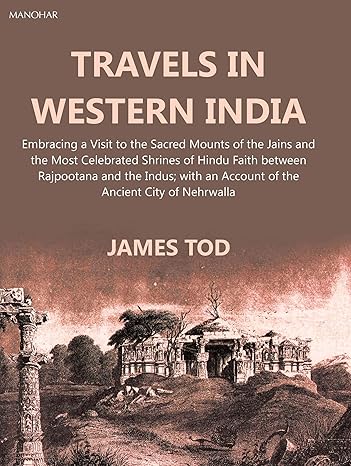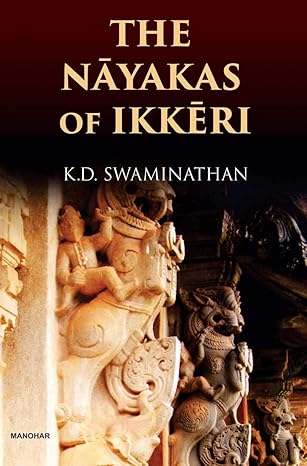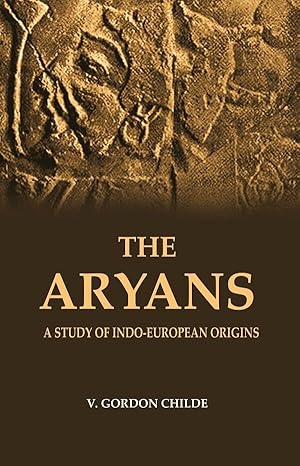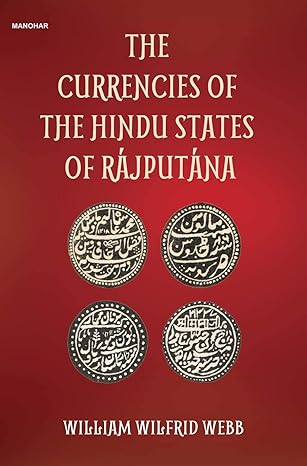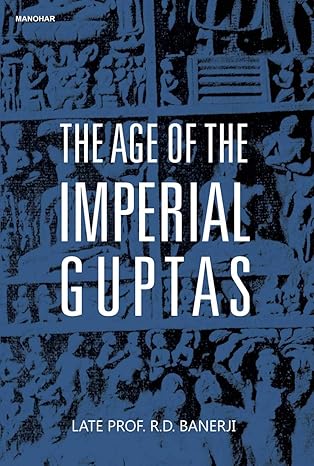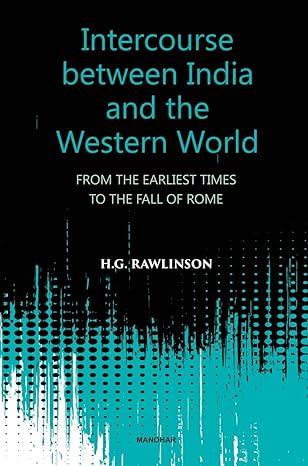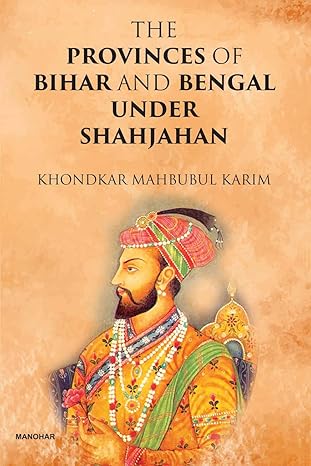History
Featured Products
Indus Civilization: Text and Context: Volume 1
₹1,339.05
M.R.P.:₹ 1,695.00
You Save: ₹355.95 (21.00% OFF)
The Aryans: A Study of Indo-European Origins
₹971.25
M.R.P.:₹ 1,295.00
You Save: ₹323.75 (25.00% OFF)
The Currencies of the Hindu States of Rajputana
₹821.25
M.R.P.:₹ 1,095.00
You Save: ₹273.75 (25.00% OFF)
Intercourse Between India and the Western World
₹1,063.55
M.R.P.:₹ 1,195.00
You Save: ₹131.45 (11.00% OFF)
The Provinces of Bihar and Bengal Under Shahjahan
₹956.25
M.R.P.:₹ 1,275.00
You Save: ₹318.75 (25.00% OFF)



